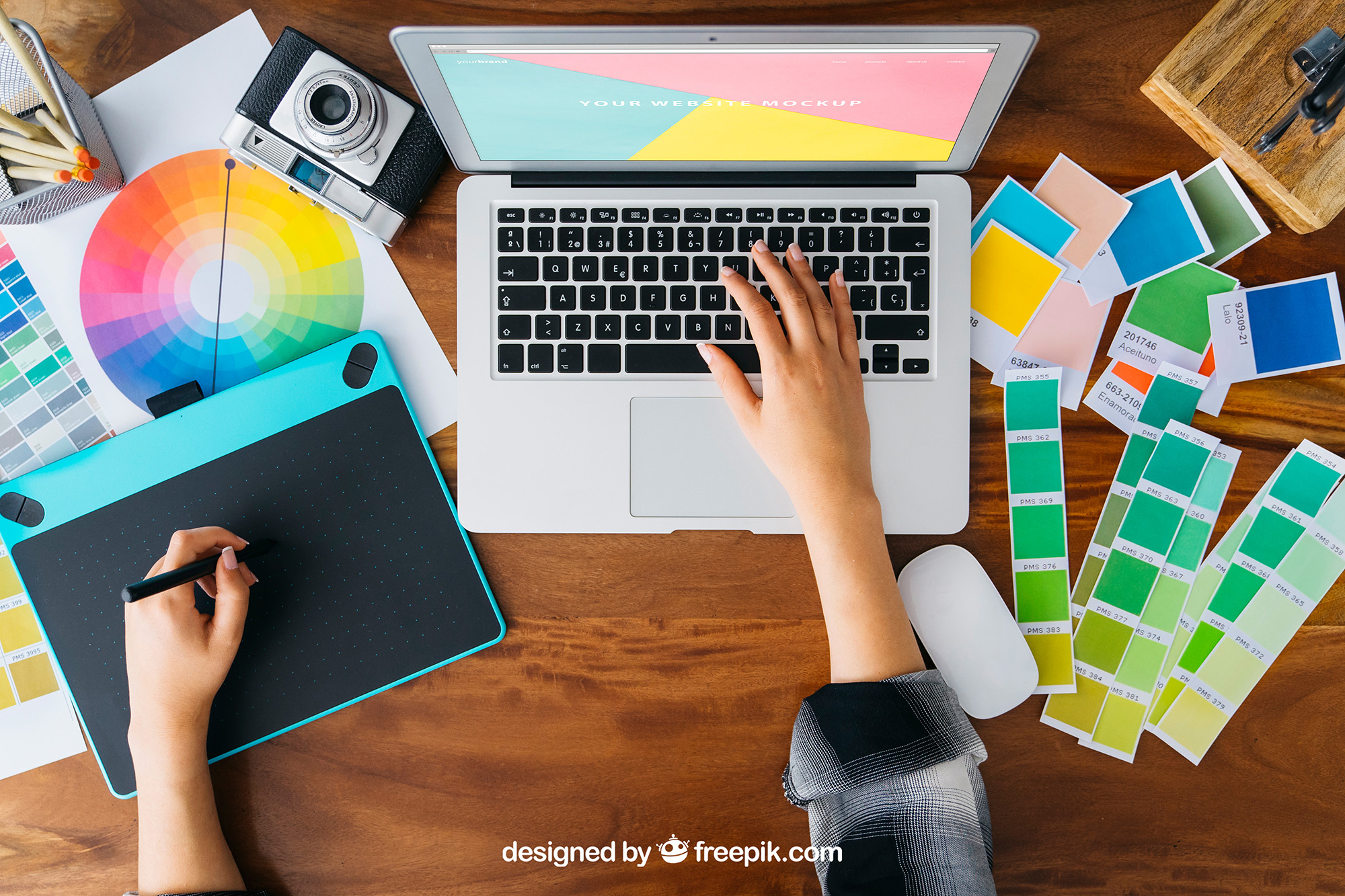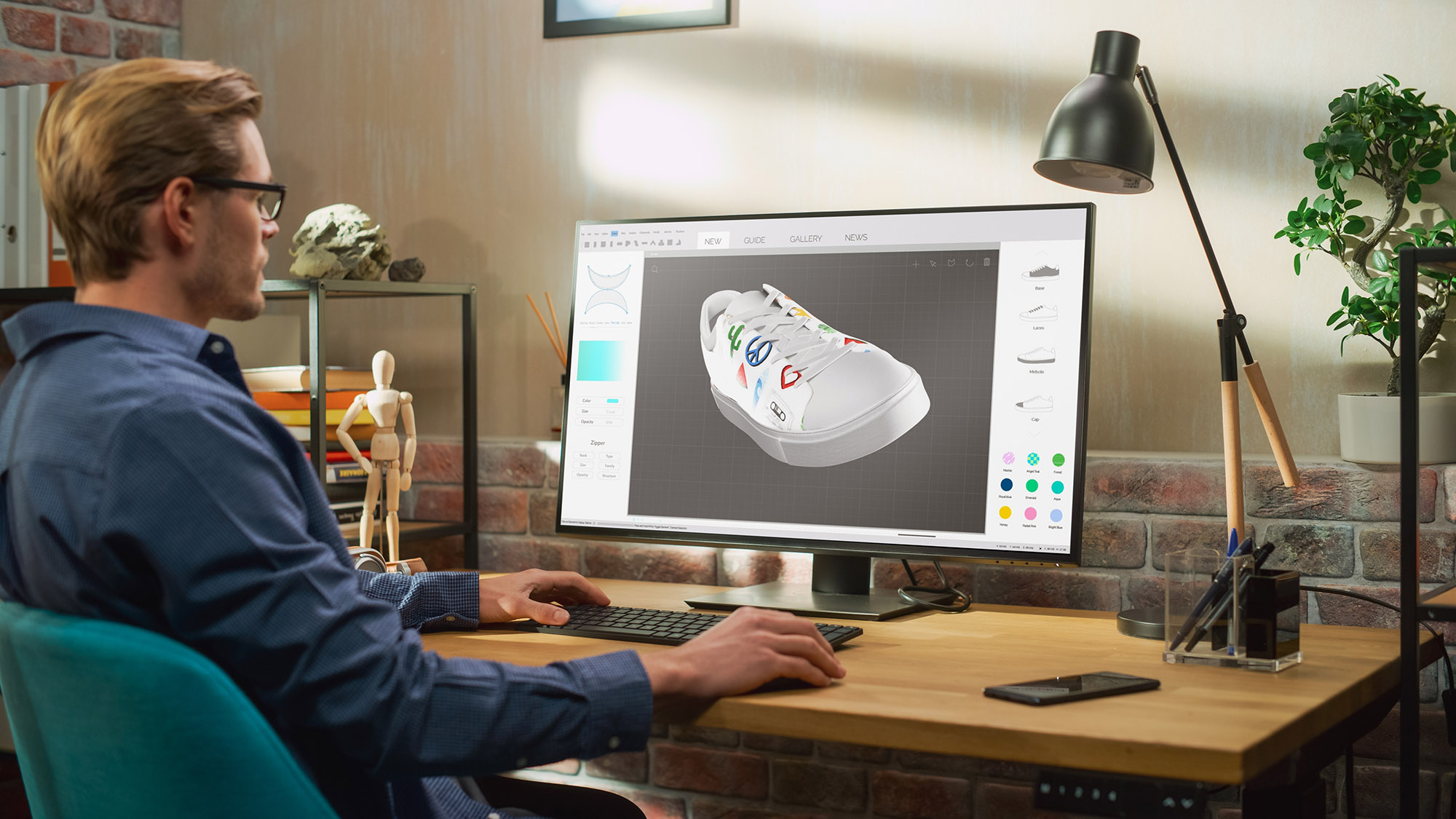
Start with a Base Colour
Before diving into intricate design elements, choose a base colour that resonates with the message or feeling you want to convey. This colour will act as your foundational element around which you’ll build your colour scheme.
Stick to a Limited Palette
While it might be tempting to use a wide array of colours, sticking to a limited palette can make your design more cohesive. A good rule of thumb is to use no more than three to five colours in a single design layout.
Use Neutral Colours Wisely
Neutral colours like white, grey, and black can help balance your design and make it easier to read. These shades can serve as background colours or be used for text.
Consider the Color Context
Colours can appear differently depending on what they’re placed next to. Always preview your colours in the context of your full design to ensure they work well together.
Prioritise Readability
When using colour for text, always consider readability. High contrast between text and background usually enhances readability. For instance, white text on a dark background or black text on a light background are both effective options.
Utilise Colour for Hierarchy
Use colour to establish a visual hierarchy in your design. Brighter, bolder colours can highlight important elements, while softer shades can indicate secondary or tertiary information.
Test on Multiple Displays
Colours can look vastly different depending on the device or screen they’re viewed on. Make sure to test your design on multiple displays to ensure it looks consistent.
Revisit and Revise
Don’t be afraid to revisit and adjust your colour choices as your design evolves. Often, you’ll need to make tweaks as you add more elements to your layout.
Use Online Tools and Resources
There are numerous online tools that can help you choose and preview colour combinations. These can be invaluable in making your design visually effective and appealing.
Conclusion
Applying colour theory in graphic design is both an art and a science. It involves a deep understanding of how colours interact, how they affect the human psyche, and how best to use them to convey a message effectively. By following these practical tips, you can better apply colour theory principles to your designs, making them not only visually stunning but also effective in communicating your intended message.








